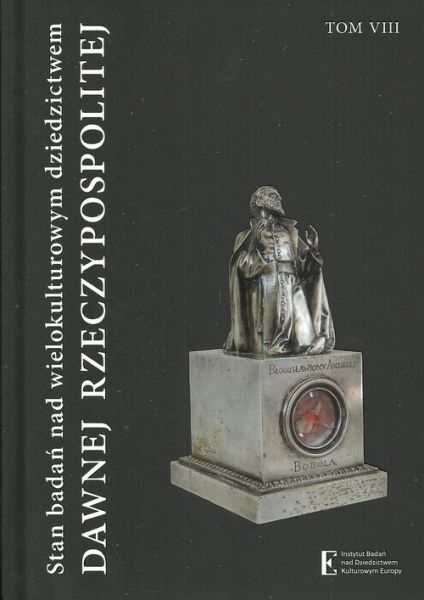Kaplica Moskiewska – co zobaczył Erik Dahlbergh?
The Moscow Chapel: What Did Erik Dahlbergh See?
Author(s): Adam Bednarczyk
Subject(s): History
Published by: Instytut Badań nad Dziedzictwem Kulturowym Europy
Summary/Abstract: Erik Dahlbergh (1625–1703) was a Swedish soldier and artist. His drawingswere used e.g., as the basis for illustrations in S. Pufendorf ’s De rebus a CaroloGustavo Sveciae Rege Gestis Commentariorum Libri Septem. Many of themrepresent Polish towns and are an indispensable iconographic source from themid 17th century. In the panorama of Warsaw published in this work we can seethe “Moscow Chapel” – the mausoleum of Vasili IV, tsar of Russia, constructedin 1620. The appearance of the building is the object of controversy.Dahlbergh’s drawings are not always completely accurate, and no Polishsketches of the building have remained. Therefore, the author offers to learnbetter the artist’s way of work by studying some better preserved works and tocomparing the drawings with contemporary photos. Dahlbergh sketched onthe spot, and a few years later created preliminary drawings. Then, an engravertransferred them to a brass plate. Each stage meant some deviations from theprevious view. Dahlbergh omitted some details and composed his pictures bygeometric transformation of the buildings’ images, and the engraver added hisown decorative details.Applying this method to the view of Warsaw, the author concludes thatthe real appearance of the Moscow Chapel differed from its present images.The building was designed to be a one-story rotunda topped with a dome, nota three-story tower on an octagonal plan. However, in order to confirm thisthesis, we also need to study thoroughly the later iconographic material andwritten sources.
Book: Stan badań nad wielokulturowym dziedzictwem dawnej Rzeczypospolitej
- Page Range: 253-279
- Page Count: 26
- Publication Year: 2017
- Language: Polish
- Content File-PDF

